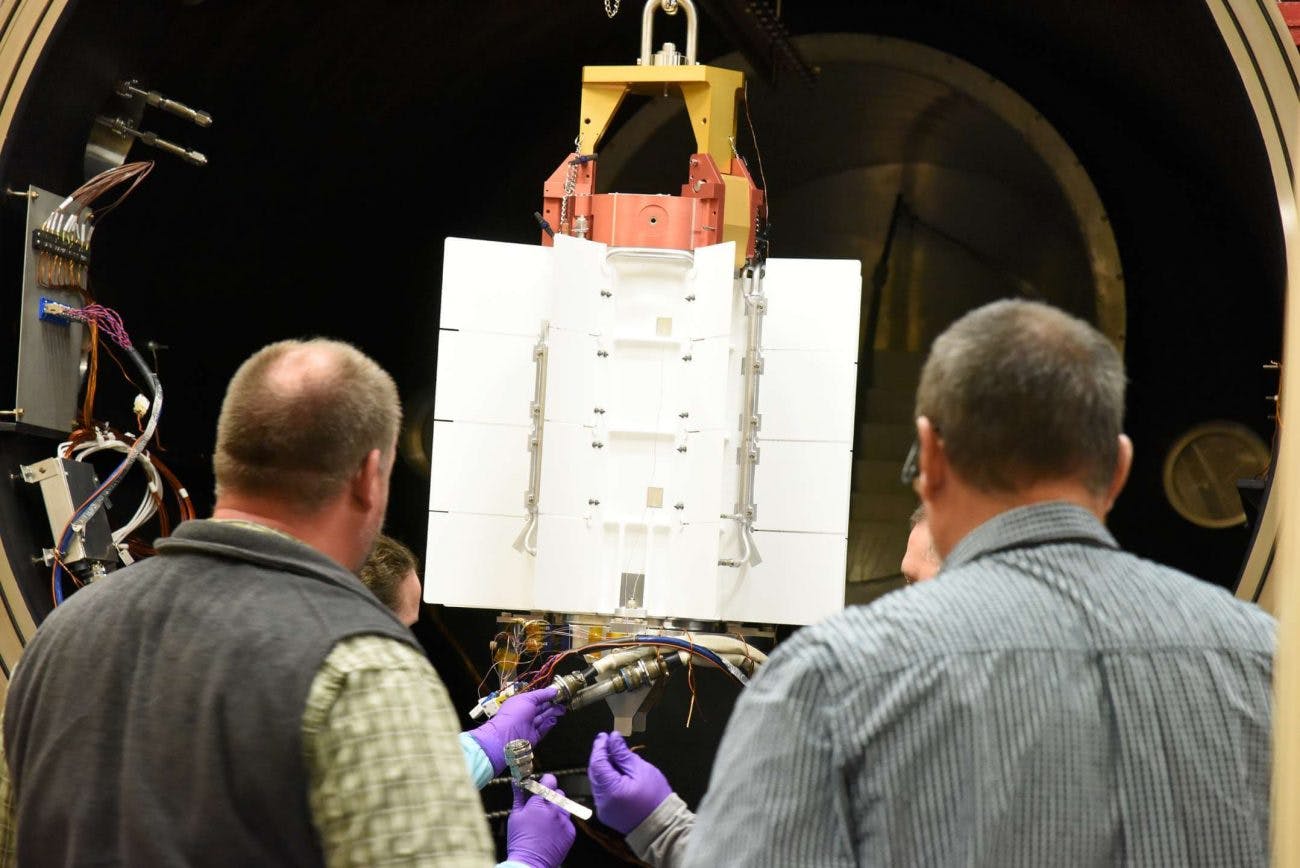Fission gas monitoring tool developed for molten salt reactors
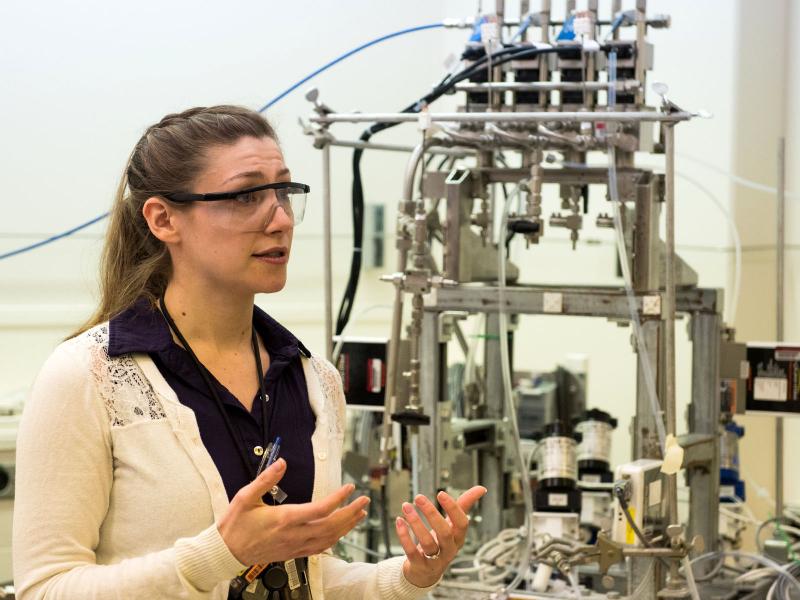
Amanda Lines, a PNNL chemist, develops real-time monitoring tools to pave the way for faster advanced reactor testing and design. (Photo: Andrea Starr/Pacific Northwest National Laboratory)
Advanced reactor development and testing could benefit from a Pacific Northwest National Laboratory innovation that combines remote, real-time monitoring of gaseous fission by-products with a software package designed with plant operators in mind, according to an article published online earlier this month.
The basics: “Real-time monitoring is a valuable tool, particularly in the development of next-generation reactors,” said Amanda Lines, a PNNL chemist. “This can help designers more efficiently and effectively design and test flow loops, mechanisms, or processes. Also, when they ultimately deploy their reactor systems, this gives operators a tool to better understand and control those processes.”



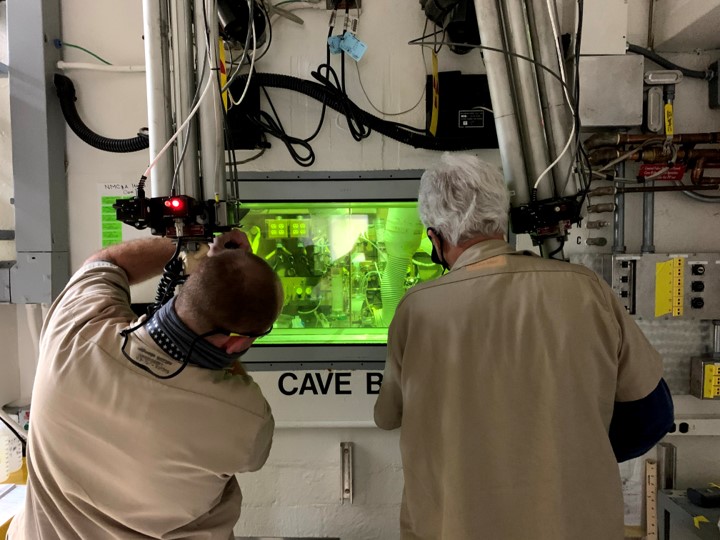



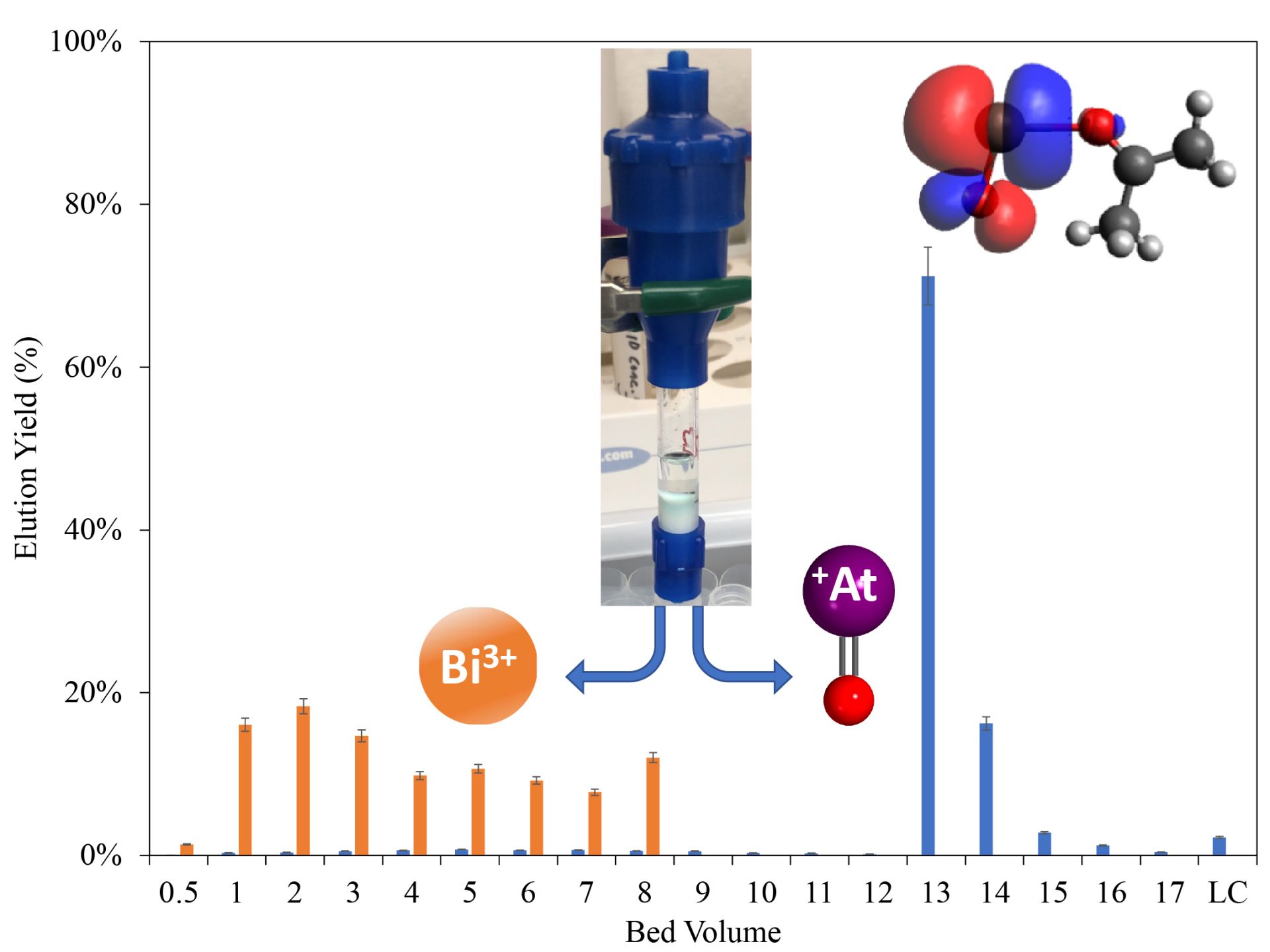
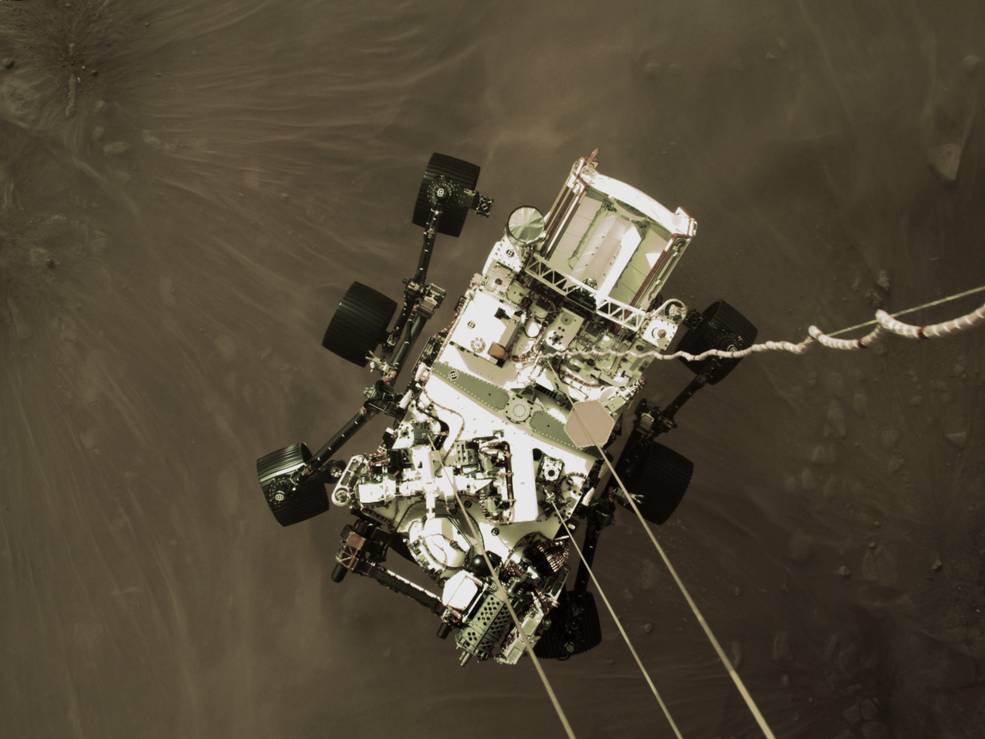
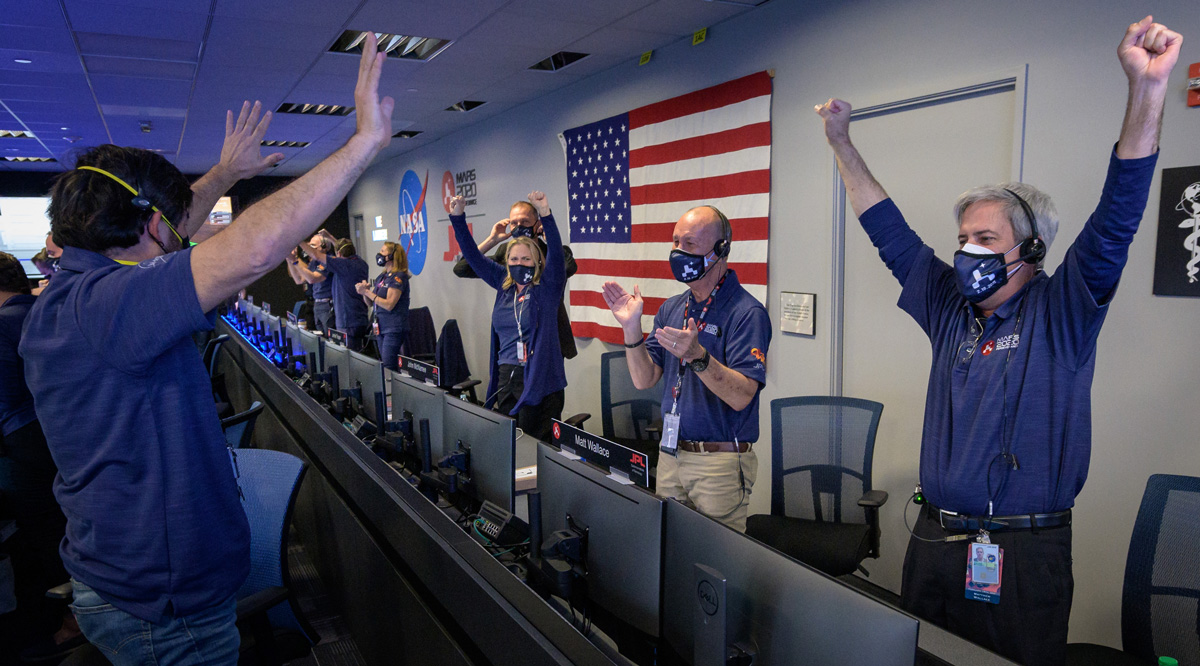
 Coordinated federal and private industry investments made now could yield an operational fusion pilot plant in the 2035–2040 time frame, according to
Coordinated federal and private industry investments made now could yield an operational fusion pilot plant in the 2035–2040 time frame, according to 